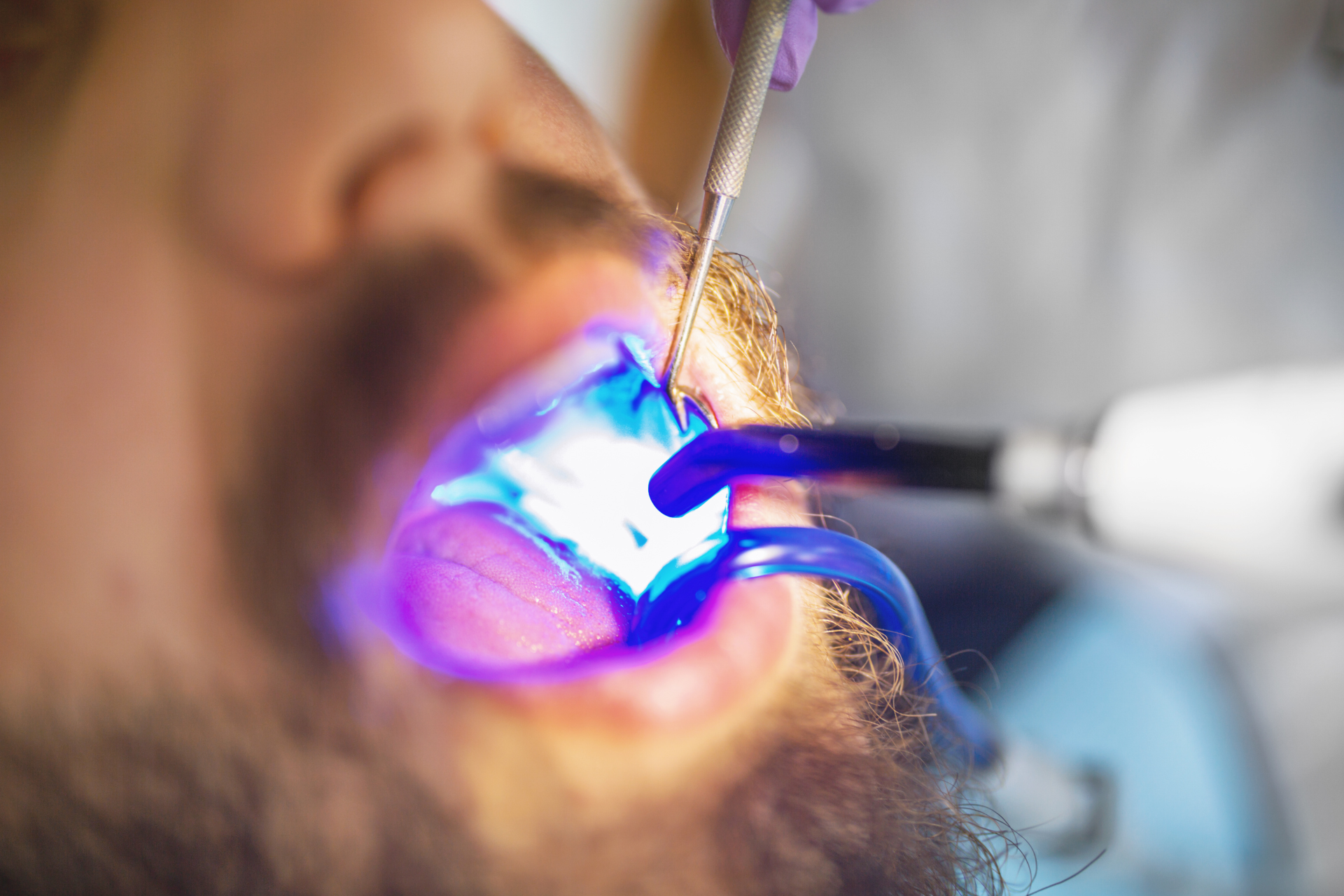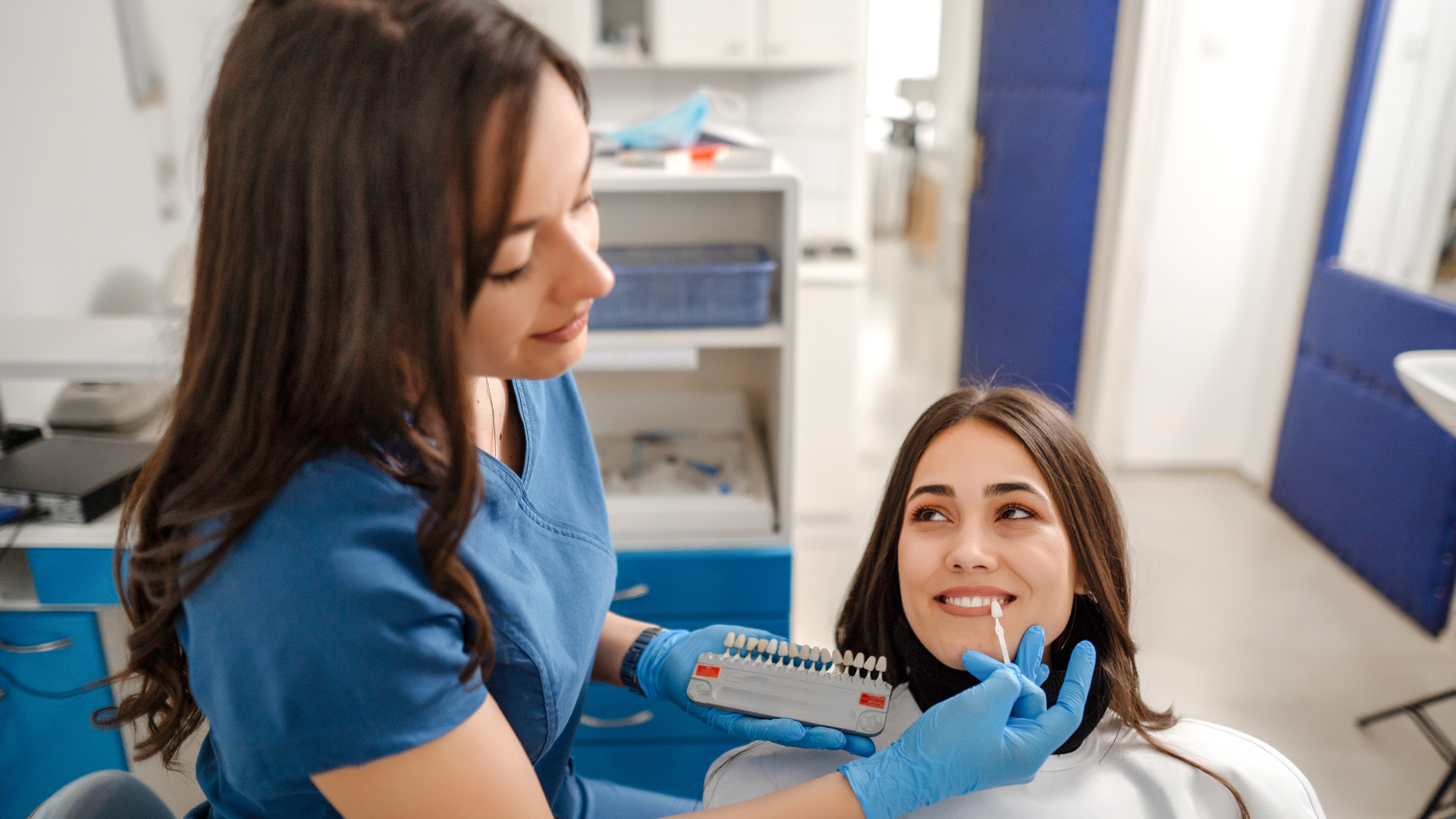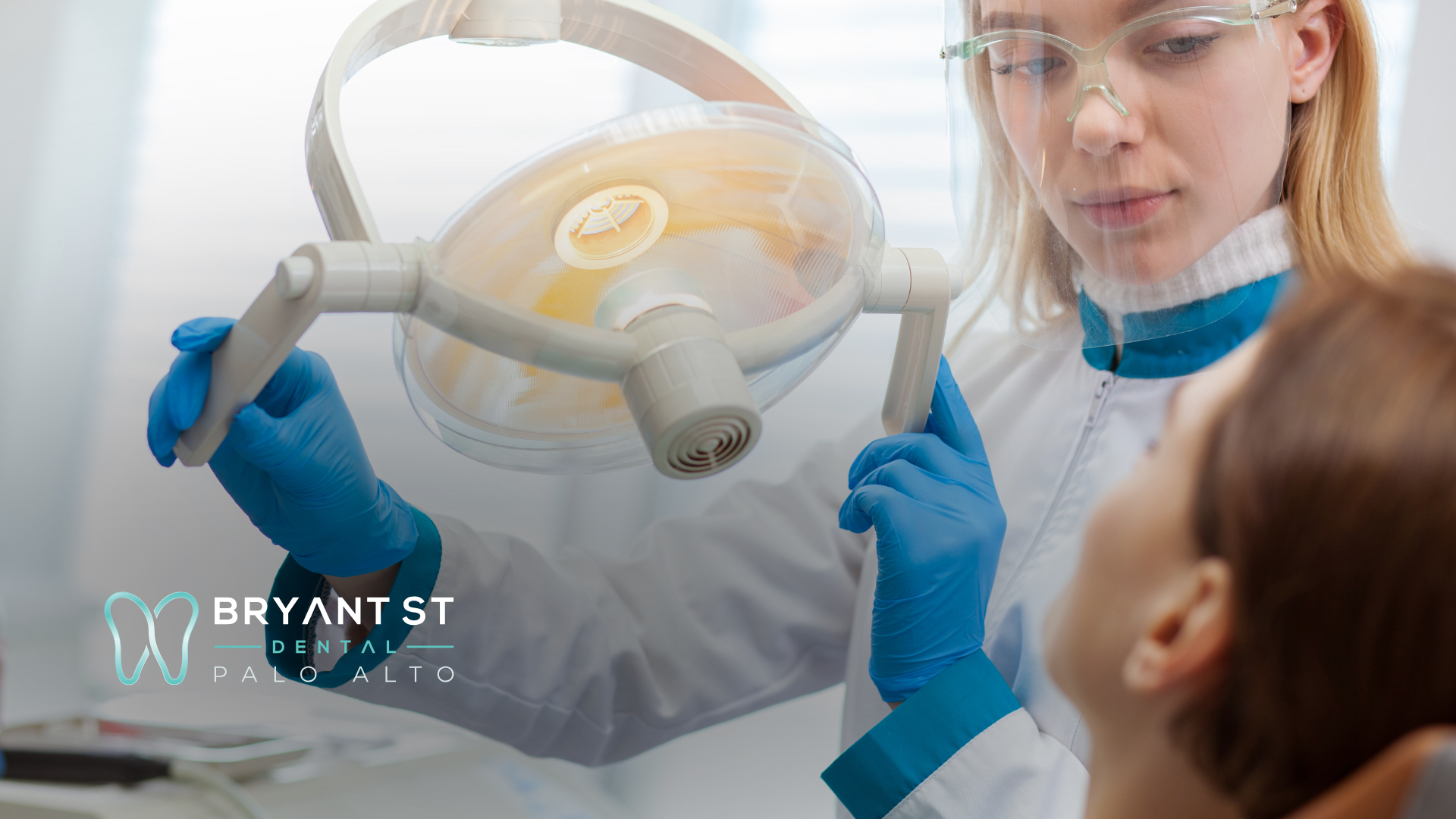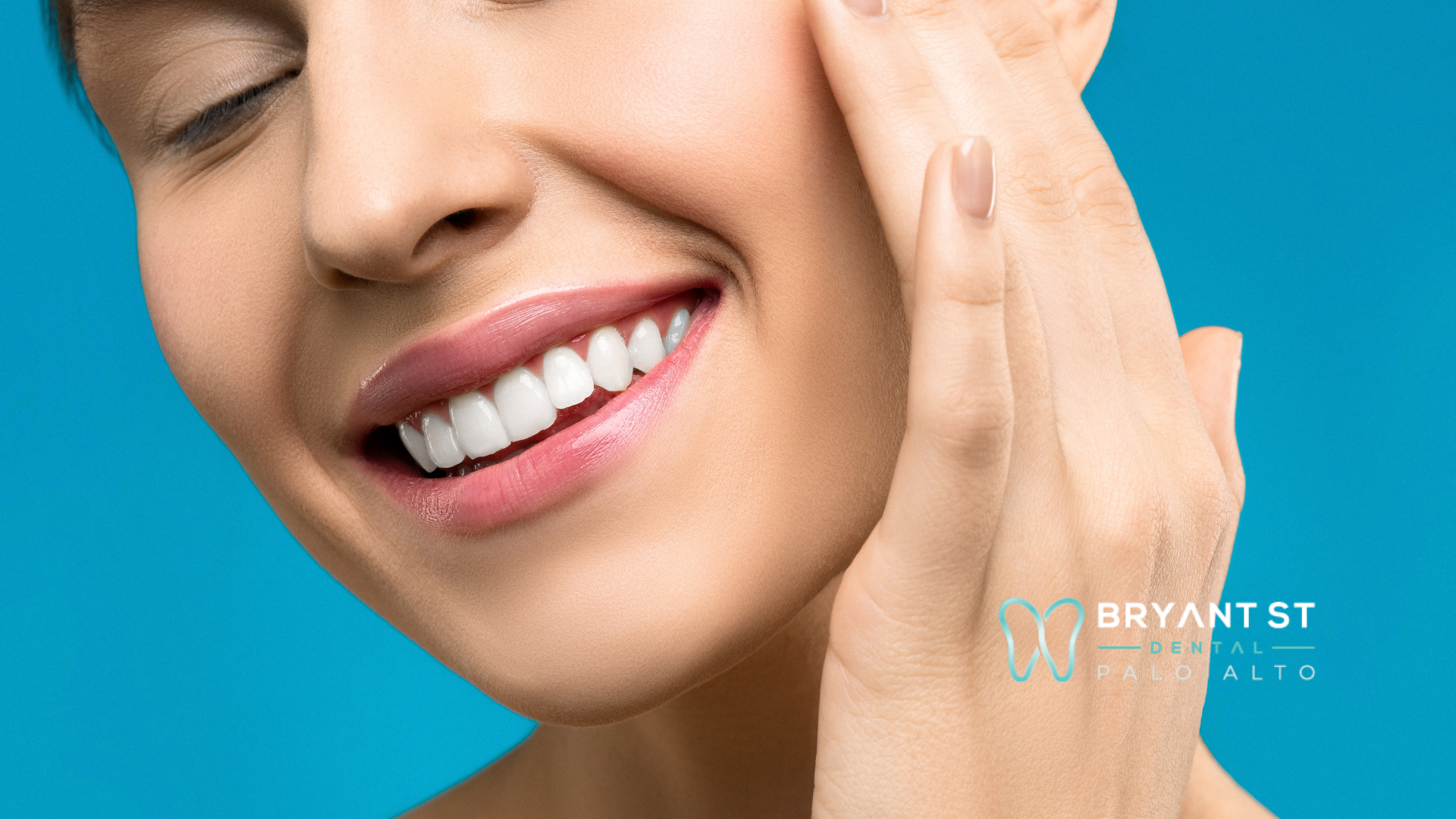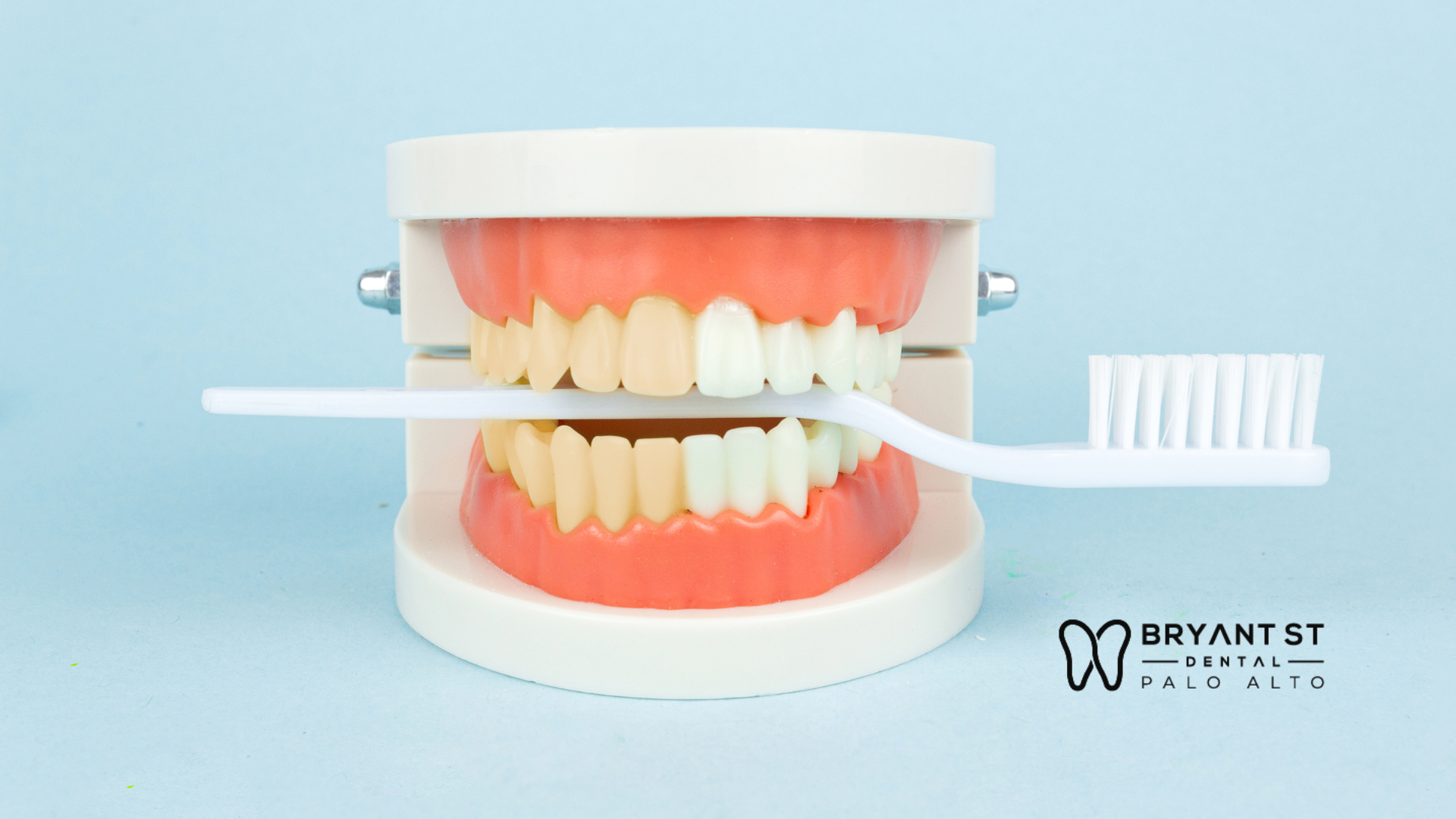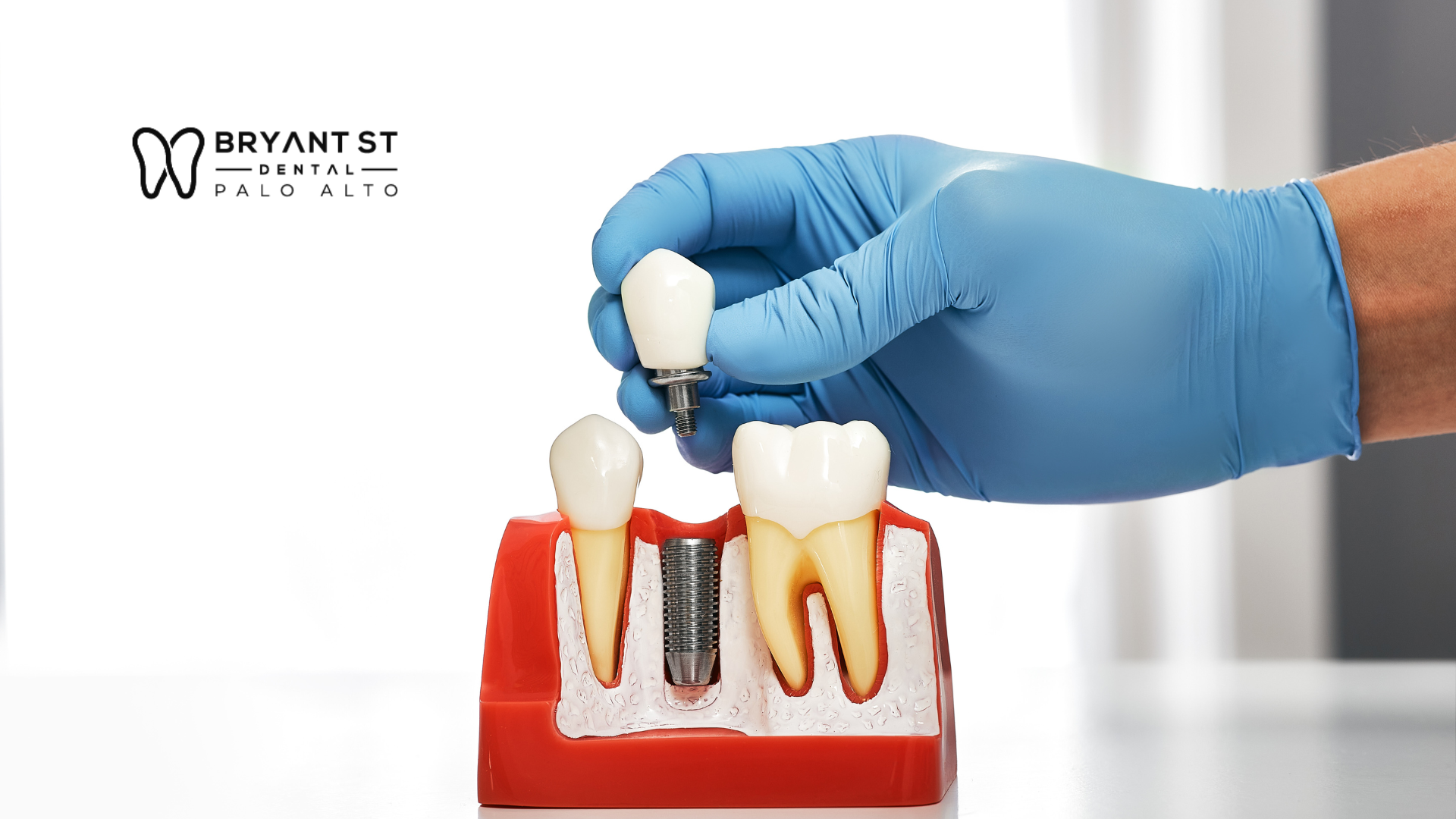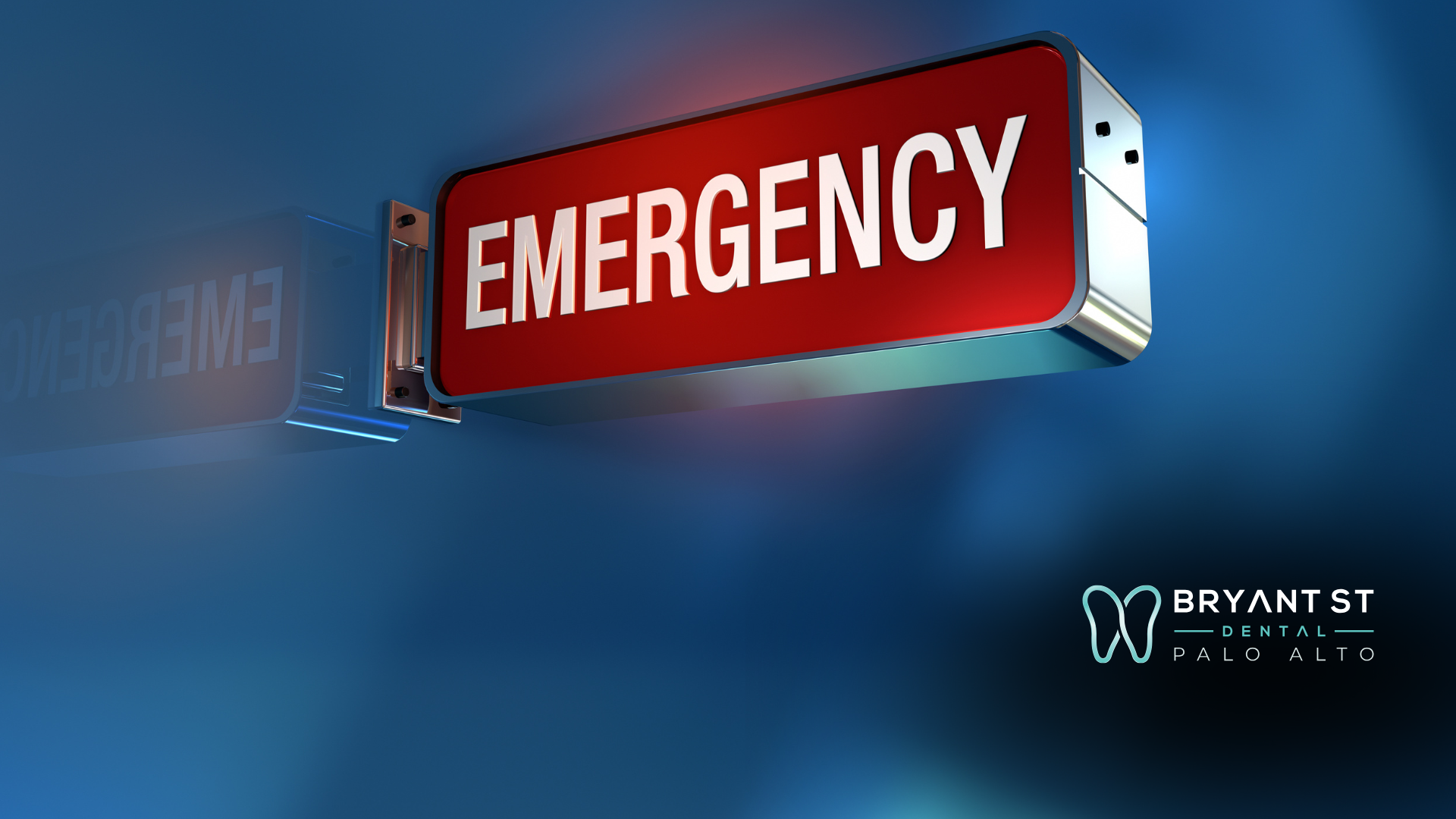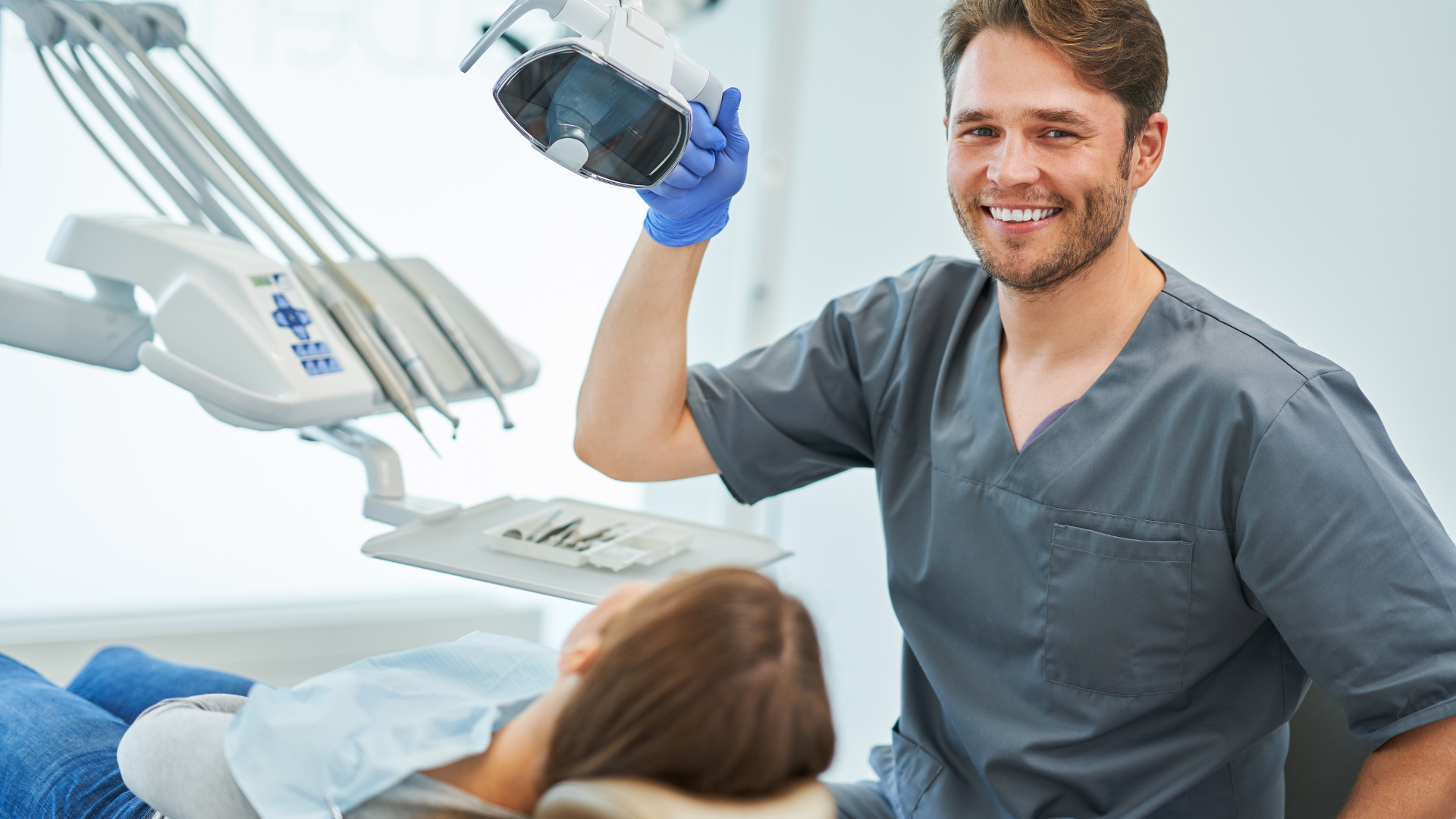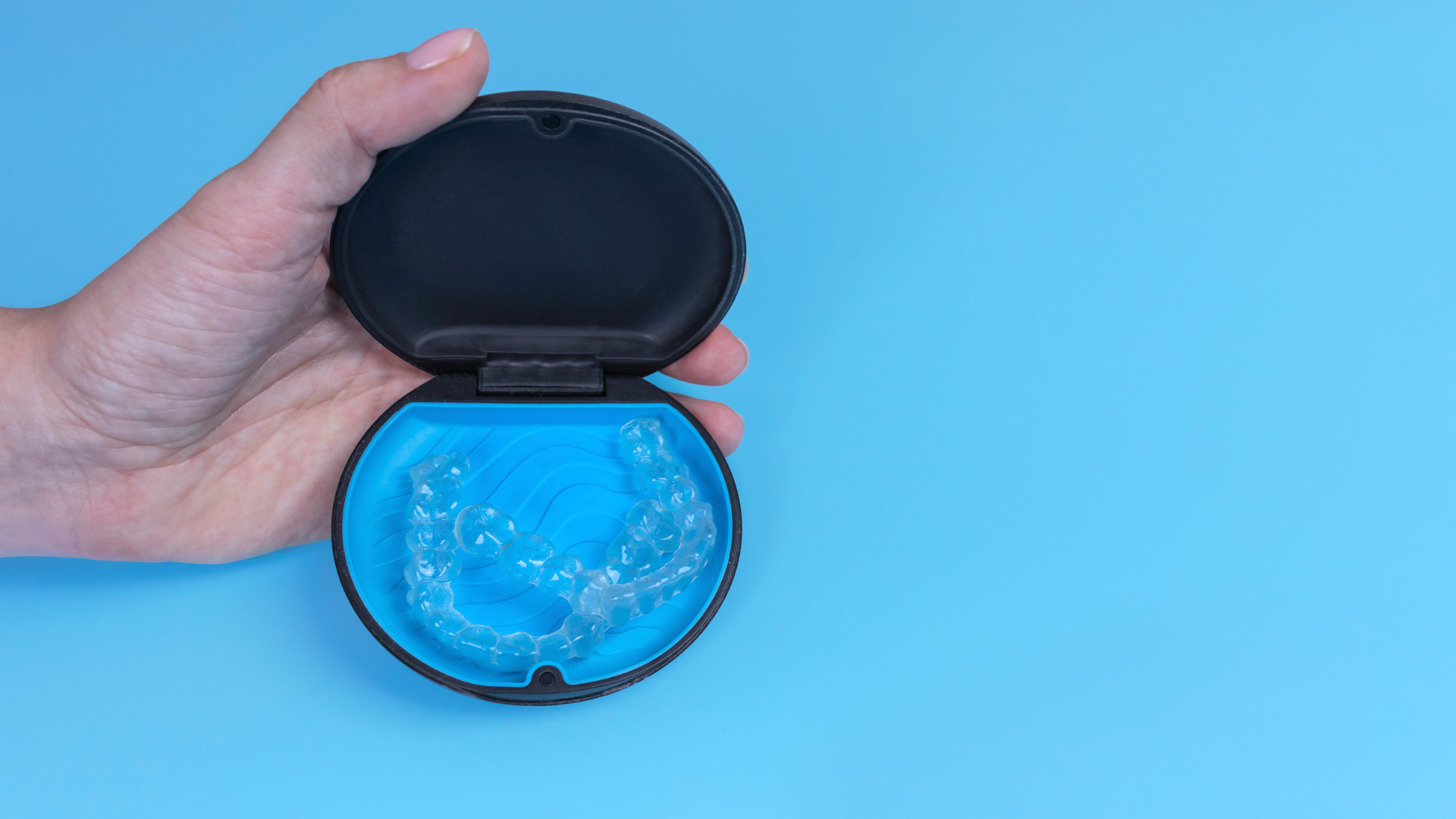Embracing the Future with Laser Therapy in Dentistry
The world of dentistry, once associated with the daunting sound of drills and a palpable sense of apprehension, has seen an exciting evolution in recent years. Traditional dental procedures, often considered invasive and sometimes discomforting, are now giving way to innovative technologies that promise more precision and less pain. Central to this transformation is the advent of laser therapy in dentistry.
From the earliest practices of tooth extraction by ancient civilizations using primitive tools to the intricate procedures of the 20th century involving drills and metal braces, the journey of dental treatments has been nothing short of remarkable. The milestones achieved along the way have consistently aimed at improving patient comfort, optimizing treatment outcomes, and reducing recovery times.
Now, as we delve deeper into the 21st century, we stand at the threshold of yet another groundbreaking innovation. The advent of laser therapy in dentistry marks a pivotal chapter in this ongoing journey. Using concentrated light beams to treat both hard and soft tissues within the oral cavity, laser therapy not only offers a more comfortable alternative to conventional methods but also promises superior results.
For those who dread their dental appointments or simply seek a more efficient and less invasive solution, the future looks bright, all thanks to the progressive strides being made in the realm of laser dentistry.
How Lasers Changed the Dental Game: Revolutionizing Treatments from the Root Up
If there's one innovation that has dramatically altered the landscape of dentistry, it's the integration of lasers. These powerful beams of light energy have found a significant place in various dental treatments, bringing about a shift in both methodology and patient experience.
Gum Treatments Get a Laser Upgrade:
Historically, treating gum disease was often a lengthy and sometimes painful process. Traditional methods involved cutting away infected gum tissue and required a recovery period accompanied by discomfort. However, with the arrival of laser therapy, this narrative has changed. In places like Palo Alto, laser gum treatments have become increasingly popular. This is primarily due to their non-invasive nature, allowing dentists to target and eliminate bacteria lurking beneath the gum line without the need for scalpel incisions. Not only does this mean a more comfortable treatment process, but recovery times are slashed significantly.
The Precision of Laser in Tooth Decay Treatments:
The age-old image of a dentist wielding a drill might soon be relegated to history books, thanks to lasers. They are now used to remove decay within a tooth meticulously, ensuring that only the affected area is treated while leaving the surrounding enamel untouched. Once the decay is eradicated, the tooth is primed and ready to receive a filling – all of this without the dreaded drill's noise or vibrations!
Redefining Gum Contours with Lasers:
For those unsatisfied with the aesthetic appearance of their gums – perhaps they're too low or too high on the teeth – lasers offer a solution. Gum contouring using laser treatments is a cosmetic procedure where the gum line is reshaped to achieve a more harmonious smile. This method is not only swift but also results in minimal bleeding and swelling.
More than Just Teeth and Gums:
Beyond the teeth and gums, lasers in dentistry have found applications in other areas too. They're used in root canal procedures to remove bacteria, ensuring a thorough cleaning of the canals. Additionally, when a biopsy is needed or a lesion requires removal, lasers can come into play, offering a less intimidating and more efficient approach than traditional methods.
In hubs of dental innovation like Palo Alto, the adoption of laser treatments for gum disease and other dental ailments has been swift and decisive. The benefits are clear: from increased precision in targeting dental issues to reduced discomfort and faster recovery times. It's undeniable – lasers have indeed changed the dental game!
Special Training: Equipping the Dental Experts for Laser Precision
In the realm of medical science, where technology evolves at a rapid pace, ensuring that practitioners are well-equipped and adequately trained becomes paramount. This is especially true in the field of dentistry, where the incorporation of lasers requires not just a steady hand but a profound understanding of the technology.
- Why Special Training is Non-Negotiable: Lasers, while exceptionally beneficial, are powerful. Their precision in targeting specific tissues, eliminating bacteria, or reshaping gums can quickly turn counterproductive if not handled correctly. A misdirected beam can cause damage, making specialized training crucial. It ensures that the laser's potential is fully harnessed while safeguarding patients from potential mishaps.
- The Rigorous Training Process:
Becoming proficient in laser dentistry isn't an overnight journey. Dentists and hygienists undergo rigorous training sessions where they're introduced to the nuances of various laser types and their specific applications. From understanding the different wavelengths and their interactions with oral tissues to mastering the control for precise incisions, the training is exhaustive.
Institutions and organizations, some even based in hubs like Palo Alto, offer certification courses dedicated to laser dentistry. These courses combine theoretical knowledge with hands-on practice, ensuring that by the end, participants are well-versed in safely and effectively using lasers in various dental procedures. - Hygienists and Their Pivotal Role: While dentists spearhead major laser treatments, dental hygienists aren't far behind. With the evolution of dentistry, the roles of hygienists have expanded. Post their foundational training, many hygienists opt for additional laser-specific courses. This enables them to perform specific procedures, such as laser bacterial reduction, ensuring a more holistic approach to oral care.
- The Commitment to Excellence: The emphasis on specialized training underscores a dental clinic's commitment to excellence and patient safety. When a patient walks into a clinic, they should feel assured, knowing that the professionals wielding the lasers have undergone meticulous training to provide the best care possible.
In essence, as laser technology becomes an integral part of dentistry, the onus is on dental professionals to continually upgrade their skills. This commitment to learning and adapting ensures that patients receive the highest standard of care, merging technological advancements with seasoned expertise.
Laser Precision: Going Beyond the Drill
In the evolving landscape of dentistry, the hum of the dental drill has been a ubiquitous and often anxiety-inducing sound for many. But with the advent of lasers, there's a quiet revolution afoot that promises to make dental procedures not only more efficient but also less daunting.
Trading the Drill for the Beam: Understanding Dental Laser Equipment
At its core, dental laser equipment comprises a precisely calibrated light source that generates a narrow and focused beam. This laser beam can deliver intense amounts of energy, allowing it to interact and alter tissues, be it hard like a tooth or soft like gums. What sets lasers apart is their ability to target only the problematic area without affecting the surrounding tissues, ensuring precision and minimizing collateral damage.
The Role of Lasers in Tackling Decay:
The age-old approach to addressing tooth decay has been to use a drill to remove the decayed portion. However, lasers have transformed this process. When it comes to removing decay, the laser acts like a vaporizer, delicately erasing decayed tissues. This precision ensures that only the affected parts are removed, leaving the maximum amount of healthy tooth structure intact.
But the benefits don't stop there. Lasers also sterilize the area, reducing the risk of bacterial infections. This is particularly advantageous as it provides a cleaner environment when placing a filling post-decay removal.
Prepping Up with Lasers:
Preparing a tooth for a filling traditionally involves creating an ideal shape and environment for the filling to adhere to. With lasers, this process is not only quicker but also smoother. The precision of the laser ensures the removal of minimal tooth structure, making the cavity just right for the filling to bond. Moreover, since lasers cause less heat and vibration than drills, patients often report lesser discomfort during the procedure.
A Paradigm Shift in Dentistry:
The introduction of lasers in decay removal and tooth preparation has signaled a paradigm shift in dentistry. The accuracy and efficacy of this tool, combined with the reduced trauma it inflicts on the tooth, make it an invaluable asset for dental practitioners. The added benefit? Many patients find that procedures involving lasers require less anesthetic, making the entire process more comfortable.
In summary, as dental technology surges forward, the drill's traditional hum is gradually giving way to the silent precision of lasers. For patients and practitioners alike, this means more efficient, less invasive procedures, and ultimately, smiles all around.
Combating Gum Disease with Laser Therapy
Gum disease, also known as periodontal disease, has long been a silent threat to oral health, often lurking undetected until significant damage occurs. But with the innovative use of laser therapy in dental treatments, combating gum disease has never been more precise, efficient, or comfortable.
A New Dawn in Gum Reshaping
For years, surgical methods were the gold standard for treating advanced gum disease and reshaping gums for cosmetic or functional purposes. While effective, these methods were invasive, often leading to discomfort, prolonged recovery times, and potential complications. Enter laser therapy. Lasers have transformed gum contouring and reshaping procedures, allowing dentists to carefully and accurately trim, shape, and modify gum tissue without the need for incisions or sutures. This minimally invasive approach reduces the risk of infections, speeds up recovery times, and results in beautifully contoured gums that frame the teeth just right.
Targeting Bacteria with Laser Precision
One of the significant challenges in treating gum disease is the presence of harmful bacteria deep within gum pockets. Traditional methods of deep cleaning, while effective, may not always reach and eliminate all the bacteria. Laser therapy, however, can penetrate deeper into these pockets. The laser's beam effectively targets and eradicates these harmful pathogens without damaging the surrounding healthy tissue. This bactericidal action of lasers not only treats active infections but also promotes an environment conducive to healing and tissue regeneration.
Lasers in Root Canal Treatments
Root canal procedures have a reputation for being tedious. But with the incorporation of laser therapy, they've undergone a radical transformation. Once the diseased pulp is removed, lasers play a pivotal role in disinfecting the canals. Their ability to target bacteria reduces the risk of post-procedure infections and complications. Additionally, lasers can effectively seal the canals, ensuring a more thorough and long-lasting treatment outcome.
The Future of Gum Disease Treatment
Laser therapy, with its precision, efficiency, and minimally invasive nature, represents the future of gum disease treatment. Patients in Palo Alto and beyond can now expect quicker procedures with less discomfort and faster recovery times. Furthermore, the ability of lasers to target and remove bacteria ensures not just a cosmetic enhancement but a deeper, more thorough treatment, laying down the foundations for healthier gums in the long run.
In essence, laser therapy has rewritten the script for treating gum disease, promising patients both improved aesthetics and unparalleled oral health. As we move forward, it's evident that the future of gum disease treatment is not just bright—it's laser-focused.
For many, a captivating smile isn't just about pearly white teeth but also how those teeth are framed. The gums play a pivotal role in determining the aesthetics of one's smile. Whether it's too much gum tissue, uneven gum lines, or gums that have receded due to health conditions, the symmetry and shape of the gums significantly influence smile aesthetics. Enter laser gum contouring—a transformative procedure that has revolutionized cosmetic dentistry.
Gum Contouring: A Quick Overview
Gum contouring, also known as gingival sculpting or gum reshaping, involves altering the gum line for either health or cosmetic reasons. Traditionally, this procedure required scalpels and sutures, often leading to a considerable amount of discomfort during and after the treatment. With the introduction of lasers, the narrative has changed dramatically.
How Lasers Have Enhanced the Procedure
Lasers have brought about precision, speed, and a marked reduction in discomfort in gum contouring procedures. Here's how:
Precision & Control: The pinpoint accuracy of lasers ensures that only the desired amount of gum tissue is removed or modified. This level of control allows for finely-tuned results tailored to the unique needs and desires of each patient.
Minimal Bleeding & Swelling:
Unlike traditional methods, lasers cauterize as they cut. This means there's minimal bleeding during the procedure and a significant reduction in post-operative swelling.
Faster Recovery:
Since laser gum contouring is minimally invasive and doesn't typically require sutures, patients often experience a quicker and more comfortable recovery.
Reduced Risk of Infection:
The laser's high-energy beam sterilizes the area it's working on, reducing the risk of post-procedural infections.
The Cosmetic Dentistry Revolution
While lasers have found applications in various fields of dentistry, their role in cosmetic enhancements like gum contouring stands out. More and more individuals are now opting for laser gum contouring to address aesthetic concerns, knowing that the procedure is quick, effective, and comes with minimal downtime.
Moreover, the results speak for themselves. A well-contoured gum line can make teeth appear more uniformly sized, enhance the overall shape of the mouth, and create that perfectly sculpted smile many desire.
In conclusion, laser gum contouring is more than just a cosmetic procedure—it's an art form, a fusion of technology and aesthetics. And for those seeking to enhance their smiles in Palo Alto and beyond, it offers a safe, effective, and cutting-edge solution.
Beyond Teeth and Gums: Biopsies and Lesion Removal
The evolution of laser technology in dentistry has not only transformed cosmetic procedures but has also significantly impacted diagnostic and therapeutic treatments. Specifically, biopsies and lesion removal—once dreaded for their invasive nature—have seen a revolution in terms of efficiency, precision, and patient comfort, thanks to lasers.
- The Role of Lasers in Biopsies: When suspicious oral growths are detected, it is crucial to obtain tissue samples for diagnostic purposes. Laser-assisted biopsies have made this process smoother for both the dentist and the patient.
- Precision and Efficiency: Lasers allow dentists to target the precise area from which they need a tissue sample, ensuring the collection of cells most representative of the suspicious growth. The high precision also reduces the volume of healthy tissue removed during the biopsy.
- Reduced Trauma and Bleeding: Traditional scalpel biopsies often come with the risk of bleeding. Lasers, by their very nature, cauterize as they cut, drastically minimizing bleeding. This cauterization also means less tissue trauma, leading to faster healing.
- Lesion Removal with Lasers:Oral lesions, whether benign or malignant, can be a cause for concern. Lasers have proven to be immensely effective in lesion removal for multiple reasons:
- Pinpoint Accuracy: Lasers allow for the removal of lesions with extreme accuracy, ensuring the complete elimination of the abnormal tissue while sparing as much of the surrounding healthy tissue as possible.
- Minimized Post-Operative Complications: With the cauterizing effect of lasers, there is a significant reduction in bleeding. The sterilizing capability of the laser beam also means a lesser chance of post-operative infections.
- No Stitches Required: Since the lasers cause minimal trauma and provide immediate cauterization, there is often no need for stitches after a laser-assisted lesion removal. This results in more straightforward aftercare and faster recovery.
- Comfort and Reduced Anxiety: The idea of scalpels often induces anxiety in patients. The use of lasers can alleviate this apprehension, knowing that the procedure will be less invasive, less painful, and with quicker recovery times.
In the hands of skilled practitioners, lasers offer an unmatched blend of precision, safety, and efficiency, especially in procedures like biopsies and lesion removal. Whether it's the peace of mind knowing that potential risks are minimized or the comfort in a faster recovery, laser dentistry, in its multifaceted applications, has indubitably set a new standard in dental care.
The Four Pillars: Benefits of Laser Dentistry
In an era where medical innovations are consistently pushing boundaries, the dental sector has seen groundbreaking advancements with the integration of laser technology. The introduction of lasers in dental procedures has not only enhanced the technical aspects of treatments but also significantly improved the overall patient experience. Let's delve into the four major pillars that establish laser dentistry as a preferred choice for many.
1. An Almost Pain-Free Experience: Reduced Need for Anesthetics
One of the most significant apprehensions surrounding dental visits has been the discomfort or pain associated with certain procedures. Laser dentistry has managed to diminish this concern to a large extent.
- Precision and Gentle Touch: Lasers target affected areas with such precision that there's minimal impact on the surrounding tissues, translating to less pain.
- Less Intrusion: Traditional dental tools might sometimes require more invasive approaches, while lasers can achieve the same results more gently.
Thus, for many laser-assisted treatments, the need for anesthetics is either significantly reduced or entirely eliminated, making the procedure far more comfortable for patients.
2. Calming the Dental Chair Jitters: Alleviating Patient Anxiety
The sound of the dental drill or the sight of needles can induce anxiety in many patients. Laser dentistry changes this narrative.
- Silent Operations: Unlike the often-dreaded noise of the drill, lasers operate silently.
- Minimized Discomfort: Knowing that the procedure will likely be less painful, or even pain-free, can ease a lot of the pre-procedure anxiety.
3. A Clean Procedure: Minimizing Bleeding and Eliminating the Need for Stitches
Traditional dental procedures, especially surgeries, often come with their share of post-operative requirements, including stitches.
- Immediate Cauterization: The laser's heat effectively cauterizes blood vessels during the procedure, drastically reducing bleeding.
- Natural Healing: Given the minimal trauma to tissues, many laser-assisted surgeries heal naturally without the need for stitches, simplifying post-operative care.
4. Prioritizing Health: Lowering the Risk of Infection Post-Procedure
Infections are a concern post any surgical procedure. However, laser dentistry offers an edge here.
- Sterilizing Effect: The nature of the laser automatically sterilizes the treated area by killing bacteria, reducing the chances of postoperative infections.
- Less Invasive, Lesser Risks: With lasers ensuring minimal damage to surrounding tissues, there's less room for bacteria to thrive, further minimizing infection risks.
In essence, the integration of laser technology in dentistry is not just about sophisticated equipment but also about enhancing patient comfort, safety, and overall satisfaction. It's an amalgamation of science and care, ensuring patients receive the best while feeling their best.
FAQs: Shedding Light on Laser Dentistry
Navigating the realm of laser dentistry can seem intricate, but armed with the right knowledge and a consultation with a trained professional, you can make informed decisions about your oral health.
Conclusion: Lasers - Illuminating the Path to Advanced Dentistry
As we journey through the evolving landscape of dental care, one thing becomes crystal clear: lasers have revolutionized the field in ways we once only dreamed of. Gone are the days when dental procedures were synonymous with discomfort, lengthy recovery, and anxiety. With the advent of laser therapy in dentistry, patients can now enjoy treatments that are not only more efficient but also less invasive.
The benefits of laser treatments go far beyond just precision and speed. They offer patients the gift of minimized pain, reduced recovery times, and the confidence that comes from knowing they're receiving care at the forefront of dental innovation. It's not just about technology for technology's sake; it's about leveraging that technology to provide the best possible patient experience.
As we reflect on the transformative power of lasers, it's evident that this is more than just a fleeting trend. It's a testament to the dental industry's commitment to adapt, innovate, and above all, prioritize patient well-being.
Dare to experience the pinnacle of dental innovation. If Palo Alto is where you call home or where you find yourself, it's time to elevate your dental care journey with laser therapy. Dive into a world where dental procedures are no longer daunting but are instead a blend of science, art, and utmost care. Ready to redefine your dental experience? Book your laser therapy consultation today! And, if you've already stepped into this new era of dentistry or are just curious, we'd love to hear your thoughts and questions in the comments below. Your smile deserves the best; give it the laser touch!

